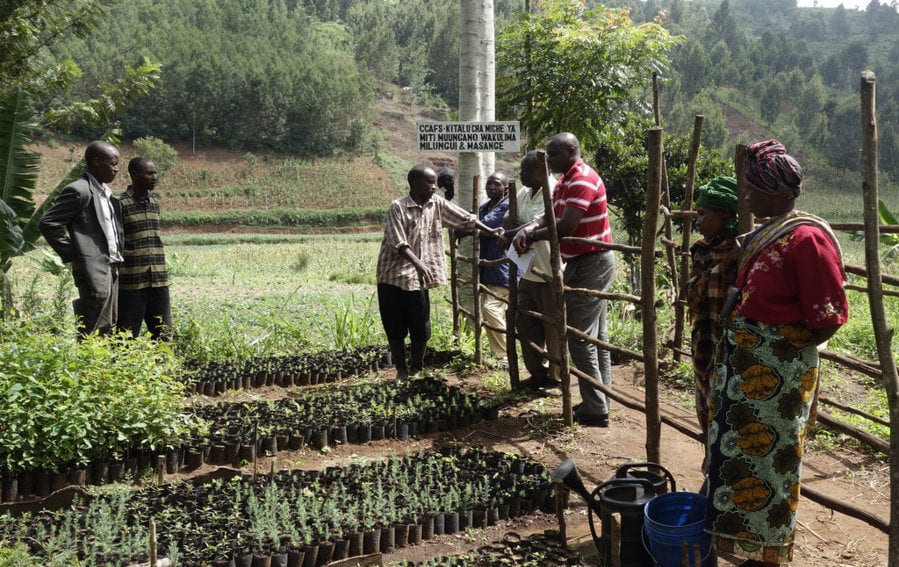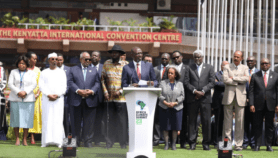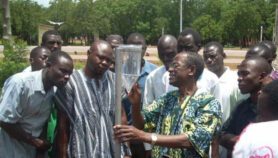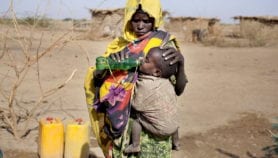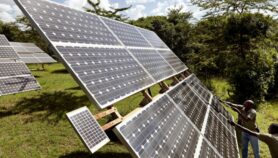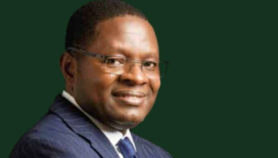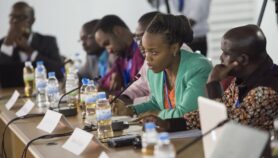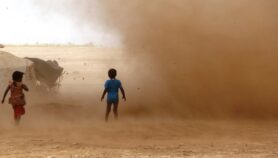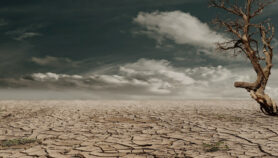Send to a friend
The details you provide on this page will not be used to send unsolicited email, and will not be sold to a 3rd party. See privacy policy.
[NAIROBI] Combining meteorology and traditional methods of weather prediction could increase uptake of weather information by local communities in rural areas of Tanzania, experts say.
Scientists from Tanzania Meteorological Agency (TMA), Hakikazi Catalyst — a non-profit organisation in Tanzania that empowers people with information — and the UK-based International Institute for Environment and Development (IIED), indicate that such collaborative prediction could improve people’s access to climate information.
The findings came out of a review done between September 2013 and February 2014 as part of a continuing survey that will end in December 2014 and made available to SciDev.Net on 27th March.
“This is the beginning of a long term project. The ultimate goal is the production of a unified forecast. Collaborative prediction increases uptake.”
Tobias Mitchell, International Institute for Environment and Development (IIED)
Tobias Mitchell, a consultant working with IIED’s climate change group, says there has been information exchange between the pastoralists and meteorologists in the districts of Longido, Monduli and Ngorongoro, with both parties making their forecasts.
“This is the beginning of a long term project. The ultimate goal is the production of a unified forecast. Collaborative prediction increases uptake,” says Mitchell. “By consulting pastoralist communities, they feel included in the decision-making process and are more likely to make use of any product produced.”
Isaac Yonah, a senior TMA officer who coordinates community meetings where collaborative prediction is done, tells SciDev.Net: “The rationale of the undertaking was to identify cost-effective methods for improved collection, dissemination and use of climate information, including modern and indigenous knowledge forecasts for planning”.
Yonah adds that the 18-month project meetings started in September 2013. The project is funded by the UK Department for International Development.
Yonah notes that the lack of a strong model to capture weather forecasts does not help the TMA to give farmers desirable information from regular weather forecasts.
The project will therefore build on expanding the existing network of weather and climate observations to strengthen information in the three farming districts to better understand trends and information on the changing climate relevant for increasing food production, Yonah adds.
In Sakala village of Ngorongoro district farmers’ traditional methods of prediction include monitoring temperature and observing the colour of the sky, says Yonah. High temperatures during the day means that rain is coming soon, black and white stripes — like that of zebra colour— in the sky indicates that it is going to rain and blue colour means there will be rainfall late in the season. According to Yonah, these local forecasts in most cases agree with TMA’s prediction.
Faith Bayi, vice-chairperson of a village group, says the project will help reach neglected areas of Tanzania, such as the northern dry lands.
Samuel Mwangi, a senior meteorologist with the Kenya Meteorological Department concurs, saying that the project could enhance weather information uptake by rural communities.
“The weather forecast information would be seen as coming from credible and trusted sources,” Mwangi explains. “These methods have been tested through time and have evolved with the communities and are therefore seen as authentic.”
However, Mwangi adds that challenges would revolve around the accuracy of the traditional indicators used in developing the forecasts and whether the process will have a scientific basis.
This article has been produced by SciDev.Net Sub-Saharan Africa desk.


